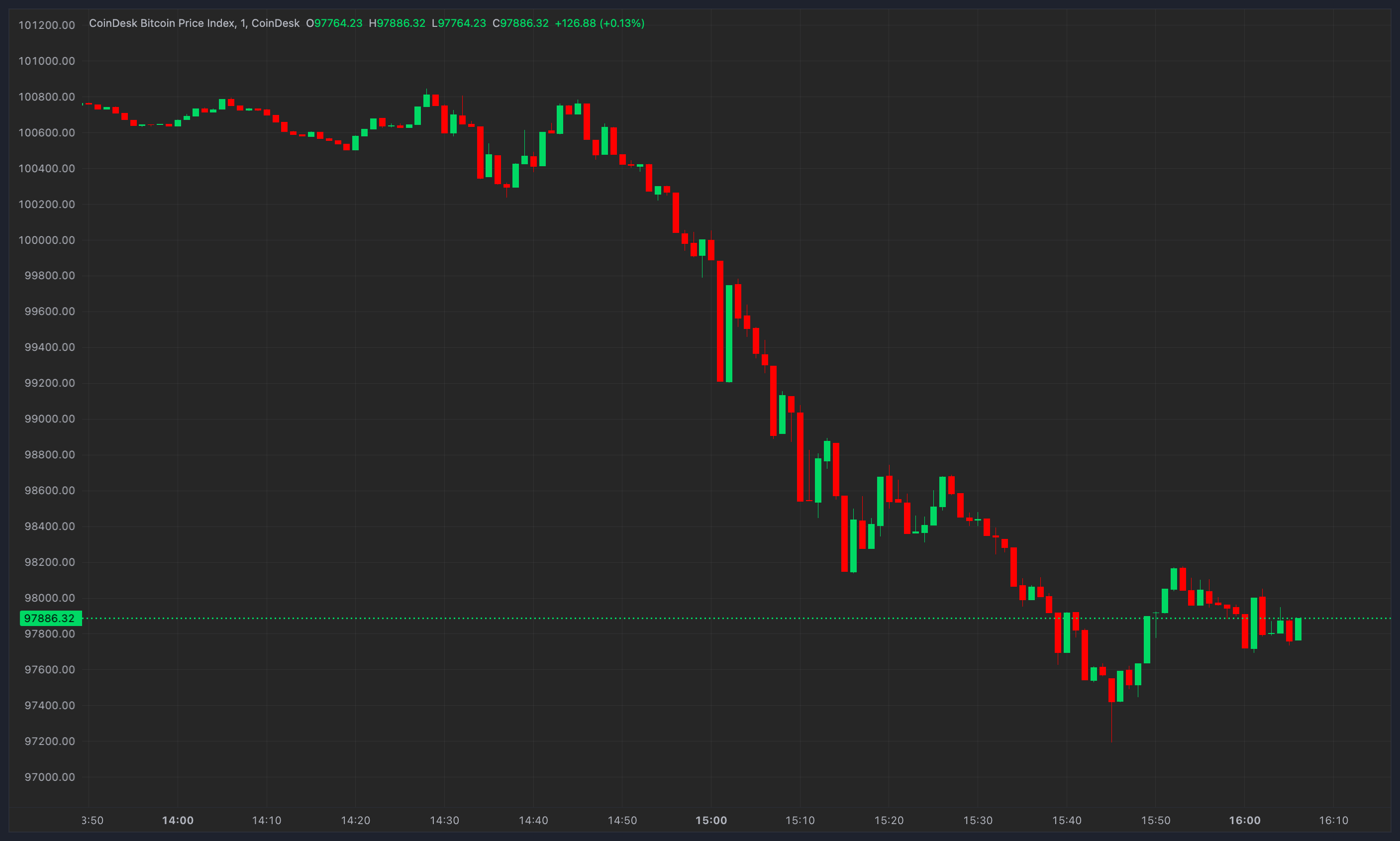Last month marked the 30th anniversary of the publication of Neal Stephenson’s science fiction novel Snow Crash. With its dystopian vision, rollicking prose and futuristic renderings of everything from social media networks to virtual assistants and even alternative currencies — Bitcoin wasn’t to launch for another 17 years — the work soon achieved iconic stature in the tech world. Bill Gates, Jeff Bezos and Jack Dorsey were admirers, while Google co-founder Sergey Brin called Snow Crash one of the two books that changed his life.
In the mainstream world, Time magazine’s critics declared it one of the “100 best English-language novels published since 1923.”
The novel also includes the first known presentation of the “Metaverse” with all its immersive and internet-gaming addictiveness. As Stephenson wrote about his protagonist, Hiro, who lives in a 20-by-30 storage unit:
“Hiro’s not actually here at all. He’s in a computer-generated universe that his computer is drawing onto his goggles and pumping into his earphones. In the lingo, this imaginary place is known as the Metaverse. Hiro spends a lot of time in the Metaverse. It beats the shit out of the U-Stor-It.”
Recently, Stephenson brought his creative talents to the blockchain world, teaming up with venture capitalist and Bitcoin Foundation co-founder Peter Vessenes in a project to build a new “metaverse first,” layer-1 blockchain network. Last week, Stephenson and Vessenes sat down with Cointelegraph to talk about their project, Lamina1 — lamina means “layer” in Latin — as well as the Metaverse and blockchain worlds generally.
Cointelegraph: Peter, you’ve said that you envision Lamina1 as a sort of “base layer for the Open Metaverse: a place to build something a bit closer to Neal’s vision — one that privileges creators.” You also talk about employing “creator economics” in building your new blockchain network. What do you mean by that?
Peter Vessenes: We are building it into the mining mechanics, where the nodes are actually going to reward people who are building content. We’re calling it proof of integration. If you make digital objects and they’re used by Lamina1 participants in a game, the system will directly mint you tokens.
Overall, we’re looking to do things with Lamina1 that go beyond just making smart contracts and publishing them on a layer-2 chain somewhere. The Metaverse has its own requirements and needs, like persistent digital object storage for full 3D models. So we need something beyond storing a JPG on the IPFS [InterPlanetary File System].
CT: Neal, in chapter two of Snow Crash, your protagonist has driven his pizza delivery truck into the bottom of an empty swimming pool. A skateboarder generously offers to deliver his pizza for him, to which he agrees while handing her a card:
“On the back is gibberish explaining how he may be reached: a telephone number. A universal voice phone locator code. A P.O. box. His address on half a dozen electronic communications nets. And an address in the Metaverse. ‘Stupid name,’ she says, shoving the card into one of a hundred little pockets on her coverall.”
As best you know, is this the first-ever reference to the “Metaverse?”
Neal Stephenson: Let me answer that by telling a related story. “Avatar,” in its current sense, is a word that I came up with independently in the course of writing that book, and for a couple of years, I assumed that I was the first person who had ever used it like that. But, then I found out there were some guys working on a project called Habitat who had actually coined the exact same usage of it a couple of years before I did. Those guys, to their credit, completely understood that it was an independent coinage. I’m still friends with those guys.
In the case of the “Metaverse,” that has never happened. No one has ever come to me and said, “Hey, Neal, I was using the Metaverse in 1987, or something like that.”…
Read More: cointelegraph.com









 Bitcoin
Bitcoin  Ethereum
Ethereum  Tether
Tether  XRP
XRP  Solana
Solana  Dogecoin
Dogecoin  USDC
USDC  Cardano
Cardano  Lido Staked Ether
Lido Staked Ether  TRON
TRON  Avalanche
Avalanche  Sui
Sui  Wrapped stETH
Wrapped stETH  Toncoin
Toncoin  Chainlink
Chainlink  Shiba Inu
Shiba Inu  Stellar
Stellar  Wrapped Bitcoin
Wrapped Bitcoin  Hedera
Hedera  Polkadot
Polkadot  WETH
WETH  Bitcoin Cash
Bitcoin Cash  Uniswap
Uniswap  LEO Token
LEO Token  Hyperliquid
Hyperliquid  Litecoin
Litecoin  Pepe
Pepe  Wrapped eETH
Wrapped eETH  NEAR Protocol
NEAR Protocol  Ethena USDe
Ethena USDe  USDS
USDS  Aptos
Aptos  Internet Computer
Internet Computer  Aave
Aave  Mantle
Mantle  Render
Render  Bittensor
Bittensor  Cronos
Cronos  POL (ex-MATIC)
POL (ex-MATIC)  Ethereum Classic
Ethereum Classic  Virtuals Protocol
Virtuals Protocol  WhiteBIT Coin
WhiteBIT Coin  Artificial Superintelligence Alliance
Artificial Superintelligence Alliance  Tokenize Xchange
Tokenize Xchange  MANTRA
MANTRA  Monero
Monero  Arbitrum
Arbitrum